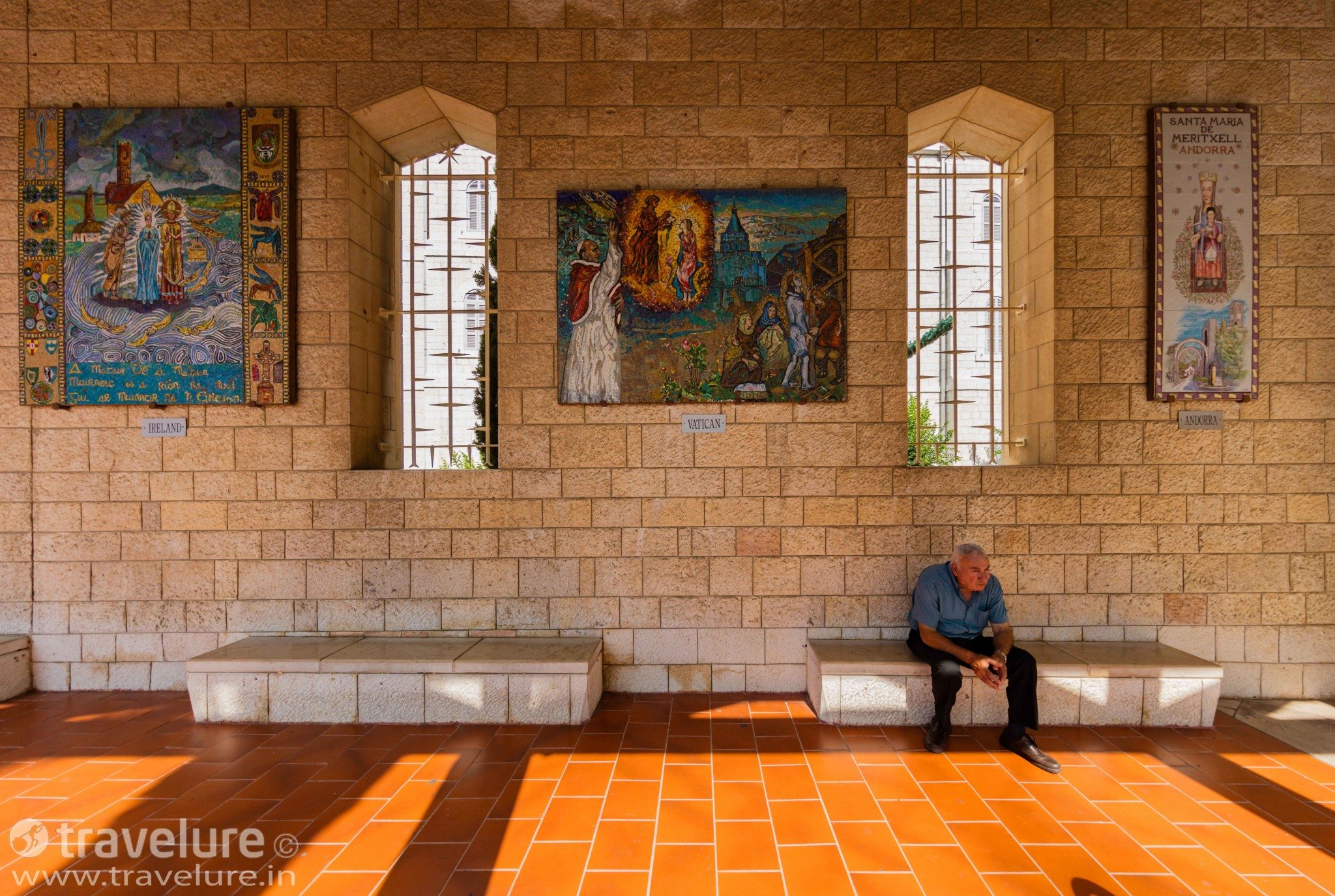Our Planet’s Landmarks Series #49
Gobekli Tepe Turkey – World’s oldest temple?
After its inscription on the UNESCO World Heritage List in 2018, Turkey Tourism declared 2019 as the Year of Gobekli Tepe. In June this year, I went there as a part of a small media group from India. For days, I found it difficult to remember the name, Gobekli Tepe. Not until we reached this tiny hillock did I realise its importance. The place provides strong evidence to refute a long-held belief. That our race became settlers after we invented agriculture.

Turkish for ‘potbelly hill’, Gobekli Tepe may well be the most important archaeological find of the 21st century. It began in 1995 when Klaus Schmidt unearthed stones with elaborate carvings from a 50-feet high mound with a diameter of 1000 feet. The circular arrangement of these stones and T-shaped pillars dates back over 12,000 years. ~8,000 years earlier than pyramids, and ~7,000 years before Stonehenge. And long before humans started farming or making pottery.

This discovery had Herr Schmidt argue that building such structures may have pushed mankind to develop agriculture for providing predictable food for workers.
A look at Gobekli Tepe
In southeastern Turkey, near the Syrian border, Gobekli Tepe lays 15 kilometres northeast of Şanlıurfa, Turkey’s most mystical city. In fact, Turks call Şanlıurfa the city of prophets.

Gobekli Tepe is the most ancient site of humans practising religion. Schmidt called it the first human-built holy place. The religion originated here. Explorers have unearthed six such circular pits until now. And they presume twenty such sites exist.

In perfect synch with a flat, barren plateau, a low-rise visitors centre greets you as you approach Gobekli Tepe. A short walk up an incline leads you through a shaded wooden corridor, past a turnstile, to a dirt track. From here, a short bus ride deposits you at the base of the potbelly hill.
In a stark landscape, this gentle hill stands out. As it did for Schmidt. In his words, humans alone could create this. A UFO-shaped, polyester-reinforced canopy covers the trench. The sides sport triangular screens as protection from wind. A wood plank paved circular walkway goes around its perimeter.

The Dogon Connection
A visitor cannot enter the excavated pit. As I walked the path, I peeped. The site resembled earthwork for a building foundation. Carved stones and the distinctive T-shaped pillars lay scattered. The tallest one at 16 feet weighs around 10 tonnes.

Besides blank props were the ones with animal carvings – foxes, lions, scorpions, and more. While I took in the etchings and carvings, our guide pointed out a pillar with a sculpture resembling an overgrown frog with a tail. Called the beast, this sculpted figure has unexpected linkages. Considered a Dogon religious symbol, it connects Gobekli Tepe with Egypt, Mali, Celtic Europe, Mexico, and aliens!

A temple or an observatory
Another stone column, vulture stone, depicts a devastating rain of comet pieces. In that representation, the vulture figures struck archaeologists as odd. They suspected those figures portrayed the constellations and not animals. As they ran the star positions through a computer, they found a perfect match with star charts for 10,950 BCE – ~13,000 years ago! This leads to a belief that the ring-shaped enclosure at Gobekli Tepe was not only a temple but also an observatory.

Clicking away in silence, the resourcefulness of our ancestors amazed me. They left an advanced imprint on stones from a time that lacks any evidence of metallurgy or implements.
Regardless of it being 12,000 years old or 13,000, no known older man-made landmark exists on earth. In fact, it will be right to call it zero-point in time for our planet. While travellers may be big on Istanbul and Cappadocia, think Gobekli Tepe the next time you consider Turkey.
Mandatory Declaration: The post has affiliate links. It doesn’t affect the price you pay for the product/service but may earn me some money. The links have not biased the content.




















